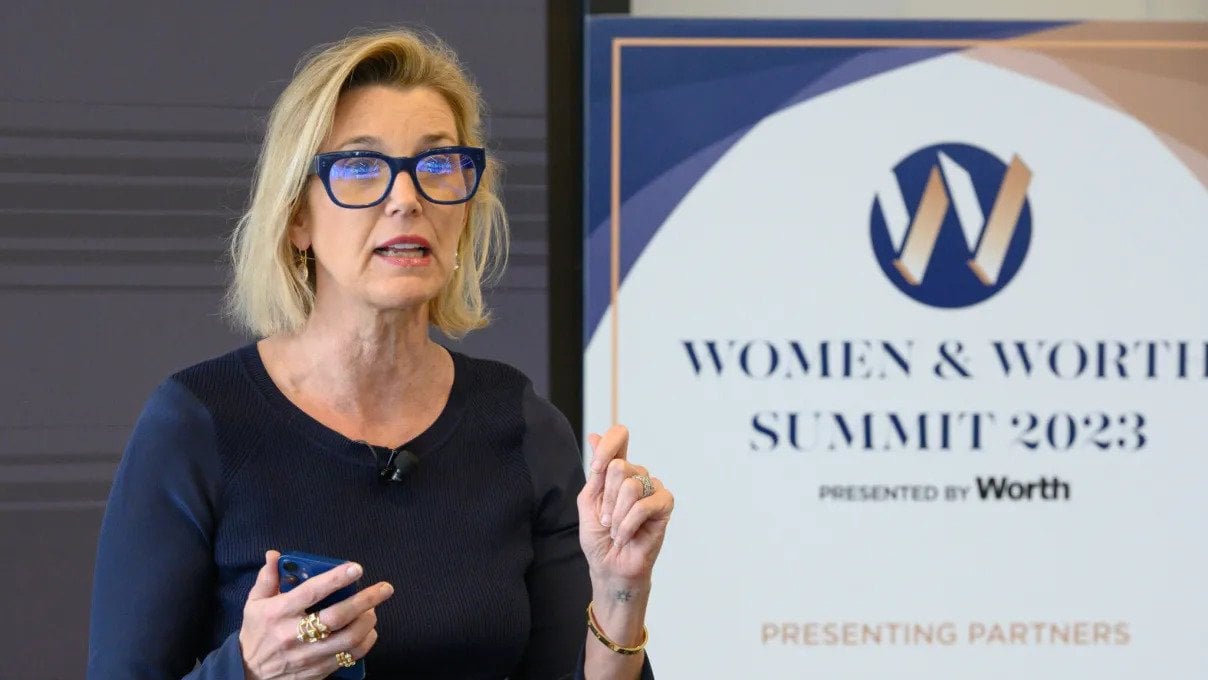We’re at a “nearly unprecedented inflection point” for every enterprise on the planet. That’s how Columbia Business School’s eminent strategy and innovation expert Rita McGrath began a wide-ranging discussion about the state of open corporate innovation, at a recent virtual roundtable with senior executives from a wide range of industries. She was referring to the potent intersection of pandemic response and the resulting global business epiphany about the urgency of digital transformation and digital innovation.
The session was hosted by Ruth Yomtoubian, Senior Director of the VSP Global Innovation Center and moderated by CDX. VSP Global is a leader in health-focused vision care that provides affordable access to eye care and eyewear for more than 80 million members through a network of more than 39,000 doctors. The VSP Global Innovation Center harnesses their expertise and infrastructure to bring innovative products, services, and experiences to market.

Yomtoubian, a veteran of managing open innovation strategy and labs for firms including AT&T before she came to VSP, provided insight into the Global Innovation Center’s (GIC) approach: “Our goal is to understand outside shifts for our company while staying connected to the larger organization.” Her colleague Zachary Poll added, “We see the external innovation ecosystem as our friends and partners to help us drive innovation forward.”
1. The crisis proved how fast companies can move when forced
In a presentation describing the challenges associated with driving innovation forward, particularly at legacy enterprises, McGrath reflected on the last eighteen months and discussed her recent work with big companies: “The first interesting thing I learned was how fast companies could go, when faced with the crisis…It took that pressure, that crisis, that moment of ‘We don’t have the option of just doing nothing – we’re going have to do something now.’…When you’re moving through this type of inflection point, it can take your business to new heights, or it can take your business to catastrophe. Companies are really grappling with what that means. And what it means…is deep uncertainty.”
McGrath also discussed the importance of having executive-level knowledge about how to enable change, and how to “sculpt-in” that knowledge. “For many organizations,” she said, “there is this mythology that innovation is this ‘dark art’–nobody understands how to do it; it’s undisciplined; and people waste a lot of money. What I’m always astonished by is how much we do know and how little of that knowledge is actually mainstream in the management community.”

2. Just because you can innovate, doesn’t mean you should
The conversation continued with a group discussion on innovation best practices and how to avoid typical pitfalls associated with creating digital transformation.
A senior innovation executive at a global airline said successful innovation starts with deciding whether or not you even should innovate. “Just because you can doesn’t mean you have to,” he said. His team explored some emerging – and supposedly game changing – technologies like blockchain and beacons, but decided not to pursue them, because they did not solve a core customer or operational problem.
He said innovation is “not just about understanding your customers and their needs but empowering your employees to have agency to innovate.” Referring to his company’s core product, he said “it’s just a tube in the air. So what’s different? Our products, relative to the competition, are more or less the same. But it’s our people that are different and so we intently focus on our people because that’s the frontline. And we want to innovate with our frontline people because they have the best ideas.”
3. Core parts of the business need to be “gently blown up,” sometimes with new models
The open innovation leader for a big consumer products company said his team’s innovation approach is “multi-type innovation – thinking about the entire consumer experience on top of the product.” His company, he said, has become fairly adept at the discovery process. But the next and more difficult step for his team is “grappling with the profit-model side. That involves changing the innards of your company, because most organizations are optimized for the past and want to protect the core.” Impactful innovation, he said, requires not exploring new business models but also questioning the models of the past. “And pitching new business models is difficult,” he conceded. “It’s really hard to make the case for ‘gently’ blowing up parts of your existing organization to build for the future.”
4. Putting the right startup in front of decision makers isn’t enough
There was significant interest in how companies committed to how open innovation should engage with broader industry ecosystems. The head of an innovation center for an advanced-materials company talked about what it encountered when the company set up the center in Silicon Valley: “The initial mission was to accelerate opportunities across the enterprise. It has evolved into focusing on driving more strategic products, by leveraging the ecosystem that we engage through the innovation center.” As for so-called “demo days” that her center set up to help educate the enterprise? “They didn’t work,” she explained. “We said, ‘Hey, there’s this great thing you guys can leverage, and we can bring in all these startups.’ They were polite, and listened, but didn’t take it up. You need to have the subject matter experts in the right spot, and we weren’t the subject matter experts for someone else’s project. So it just created a difficulty.”
Yomtoubian closed the intensely interactive session by saying that what she took away from it all was “that to be successful, there is a certain level of exposure and education that needs to happen first-hand across the company if innovation is to move forward and thrive.”














